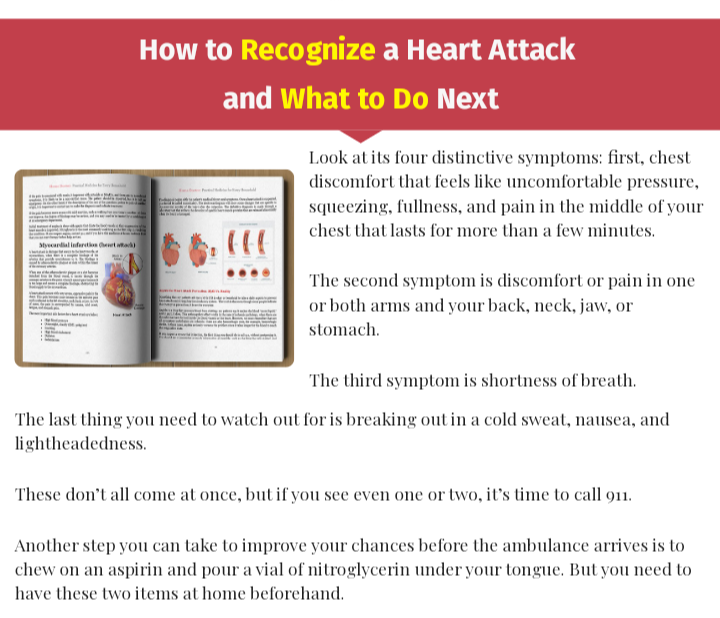GET OUR HANDBOOK ON HOW YOU CAN BE YOUR HOME DOCTOR
Accidents and injuries can happen unexpectedly, even within the safe confines of our homes. Being equipped with basic first aid knowledge can make a significant difference in such situations, potentially saving lives and minimizing the severity of injuries. In this article, we will explore essential first aid skills that every household should possess, empowering you to respond effectively in times of need.
- Prepare a First Aid Kit
Every household needs to have this
Before delving into specific first aid techniques, it is crucial to assemble a well-stocked first aid kit. Here are some essential items to include:
- Sterile adhesive bandages in various sizes
- Sterile gauze pads and adhesive tape
- Antiseptic wipes or solution
- Tweezers and scissors
- Disposable gloves
- Pain relievers (non-prescription)
- Emergency contact numbers
- First aid manual or guide
Place your first aid kit in an easily accessible location, ensuring everyone in your household knows where to find it.
- Basic Wound Care
Minor cuts, burns, and scrapes are common household injuries. Here's how to provide basic wound care:
- Wash your hands thoroughly before handling the wound.
- Clean the wound gently with mild soap and water to remove dirt or debris.
- Apply an antiseptic solution or wipe to disinfect the wound.
- Cover the wound with a sterile bandage or gauze pad to protect it from further contamination.
Remember to change the dressing regularly and seek medical attention if the wound shows signs of infection, such as increased redness, swelling, or pus.
- Treating Burns
Our number 1 First Aid book for every family
Burns can result from contact with heat, hot liquids, chemicals, or electricity. Immediate action is vital to alleviate pain and prevent further damage:
- For minor burns, cool the affected area under running water for at least 10 minutes.
- Avoid using ice or icy water, as extreme cold can worsen the burn.
- Cover the burn with a sterile non-stick dressing or clean cloth.
- For severe burns, do not attempt to remove clothing stuck to the burn. Instead, seek medical help immediately.
- Handling Fractures and Sprains
While fractures and sprains may require medical attention, it is crucial to provide initial support before professional help arrives:
- For suspected fractures, immobilize the injured area by using splints or makeshift materials like rolled newspapers or towels.
- Apply a cold compress or ice pack wrapped in a cloth to reduce swelling and alleviate pain.
- For sprains, follow the RICE method: Rest, Ice, Compression, and Elevation. Rest the affected area, apply ice, wrap with a compression bandage, and elevate it.
Remember, do not attempt to realign a fracture or force a dislocated joint back into place. Wait for medical professionals to handle such injuries.
- CPR and Basic Life Support
Cardiopulmonary resuscitation (CPR) can be a life-saving technique during cardiac arrest or respiratory emergencies. Here's a simplified guide:
- Check the person's responsiveness and call emergency services.
- Perform chest compressions by pushing hard and fast in the center of the chest.
- If trained, combine chest compressions with rescue breaths in a ratio of 30 compressions to 2 breaths.
- Continue CPR until help arrives or the person shows signs of recovery.
Consider taking a certified CPR course to gain comprehensive knowledge and confidence in administering this critical aid.
Always be on guide with this amazing and helpful first aid bookAcquiring basic first aid knowledge is essential for every household. By assembling a well-stocked first aid kit and familiarizing yourself with fundamental techniques, you can provide immediate assistance during emergencies, potentially saving lives and preventing further harm. Remember, always seek professional medical attention when necessary, and consider attending first aid training
- Get link
- X
- Other Apps
- Get link
- X
- Other Apps







Comments
Post a Comment